Description
Rocky Mountain Beeplant
A Great Pollinator Plant!
General Description: This easy-to-grow annual wildflower is one of the showiest western natives. Growing from 18” to 4’ tall it is covered in pink nectar-filled blossoms from mid to late summer. The showy blossoms attract many pollinators including bees, butterflies, and wasps. The seeds are an important food source for doves and other small birds. The flowers of Rocky Mountain Beeplant are elongated clusters of pink to lavender along tall stems.
Here is some great info about creating pollinator-friendly gardens.
Common Name: Rocky Mountain beeplant, bee spiderflower, skunk weed, stinking clover and Navajo spinach
Scientific Name: Cleome serrulata
Native Range: North America
Hardiness Zone: 3-10
Color: Pink/Lavender
Height: 18-30″
Type: Annual
Climate: Sun-Dry
Seeds/lb.: 40,000
Rate: 1 oz./100 sq.ft
Bloom time: July – August
Pkt weight: 1 gm (approx. 60 seeds)
Zones 3b – 7b
WILDFLOWER SPOTLIGHT
Cleome Serrulata
Rocky Mountain Beeplant (Bee Spider Flower)
Cleome species are annuals that are excellent to use for pollinator gardens and in re-vegetation mixes, especially in post-wildfire areas to help sustain native pollinator communities. Bees and other pollinators are highly attracted to this plant’s copious nectar-rich flowers, and the seeds are loved by various bird species. These annuals bloom quickly and with a long duration and are used by a diverse array of native bees, wasps, and butterflies as well as managed agri-pollinators such as Apis mellifera (Honey Bee) and Megachile rotundata (Alfalfa Leafcutter Bee).
This tall, bright pink-purple species was first noticed on August 25, 1804, in Vermillion, SD, and classified during the Lewis and Clark expedition. A native to areas of the U.S. and Canada, this is an important cultural plant for the Southwest Indian tribes. The leaves were boiled for food and used to treat stomach aches and the seeds were dried and ground into a meal or mixed with flour to make bread or tortillas during times of drought. In fact, this species is also called “Navajo Spinach” or “Waa” for the highly nutritious tender shoots and leaves that are boiled and eaten. Just ½ cup contains more than 4 times the recommended daily allowance of Vitamin A and is also high in Calcium. Extracts are made from the leaves and from the entire plant and used for yellow-green dyes and black resin for decorating pottery.
Rocky Mountain Bee Plant is a hardy, annual, 2-5 foot tall plant with racemes of bright, pink to purplish, 4-petal flowers with long slender stamens that extend beyond the petals. The seed pods are long (3”), hairy and hang downward on the stalk. The alternate leaves are veined and divided into three leaflets or lobes. This species can be found along roads, meadows, foothills, or rangelands and requires medium moisture with well-drained soil and can tolerate semi-shaded areas and is often used to rehabilitate western rangelands.
Site Requirements:
- Light: Full sun to partial shade
- Water: Dry to average moisture
- Soil: Well-drained
Seeding: Rocky Mountain Beeplant is easy to establish by direct seeding. Soak the very hard seed in warm water for 48 hours prior to planting. Do not let the seeds dry out during germination. One ounce of seed will cover approximately 100sqft. Rocky Mountain Beeplant regularly reseeds itself into bare soil.
- A Great Pollinator Plant!
- This species was one of the many new plants collected in 1804 during the Lewis and Clark expedition. It was found along the Vermillion River in South Dakota.
- The young, tender shoots and leaves are good sources of vitamin A and calcium.
- The Navajo still use the plant as a source of yellow-green dye for their beautiful wool rugs and blankets.
- Many pueblo tribes use a concentrated form of dye, made from boiling the plant into a thick black resin, to paint designs on pottery or for decorating their baskets.
- All parts of the plant can be eaten raw, cooked, or dried.
- Drinking an infusion of the plant relieves stomachache and reduces fever. Applied as a compress it soothes sore eyes.
- In times of drought, early Spanish-Americans made tortillas from the barely palatable but nourishing seeds.


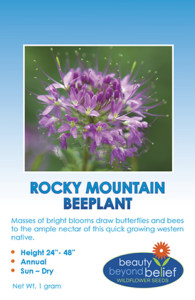
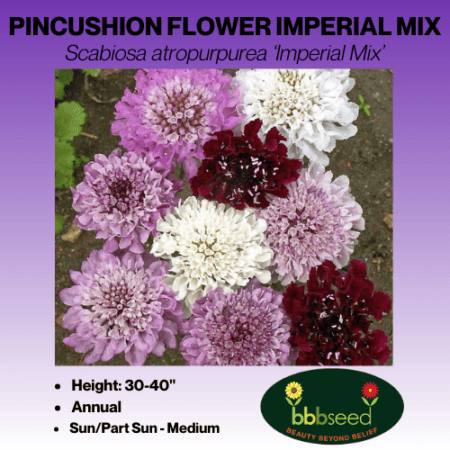
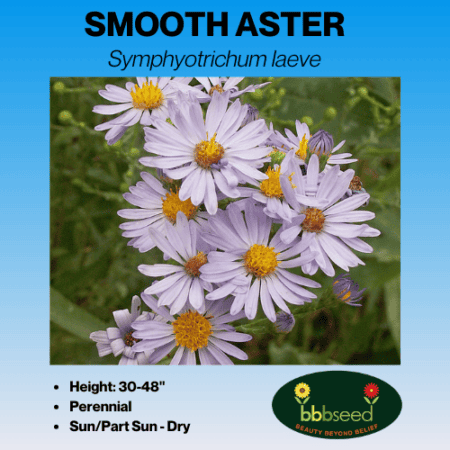

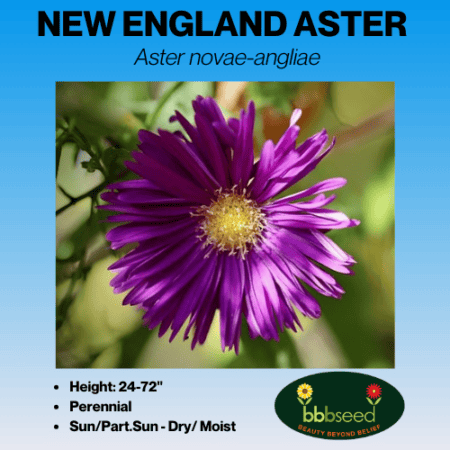
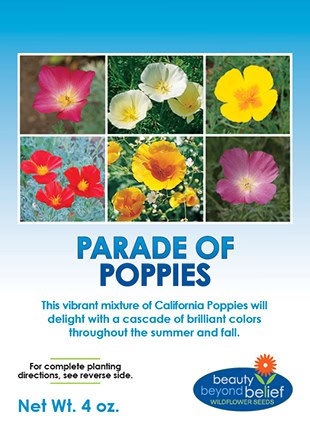


Reviews
There are no reviews yet.